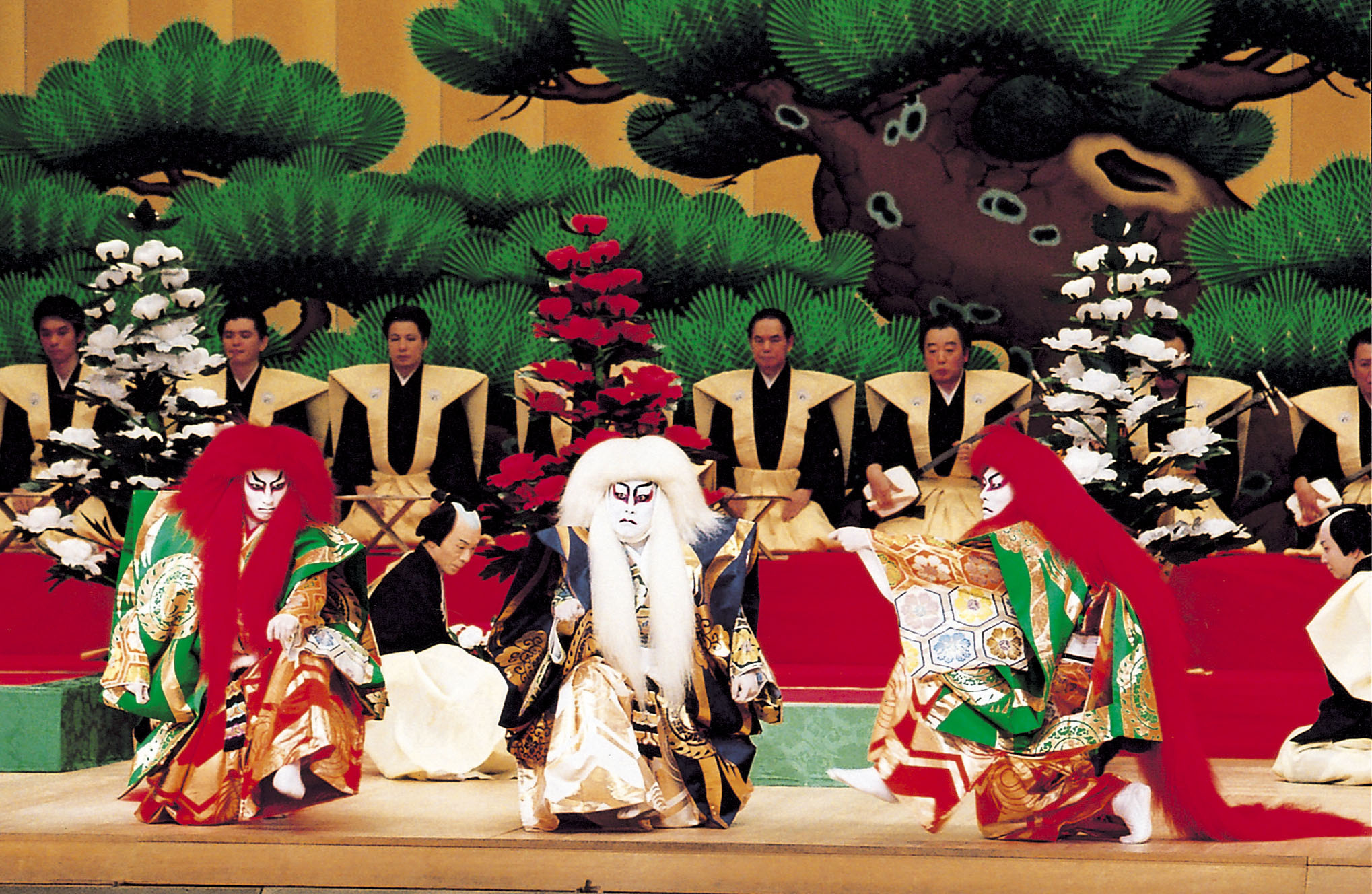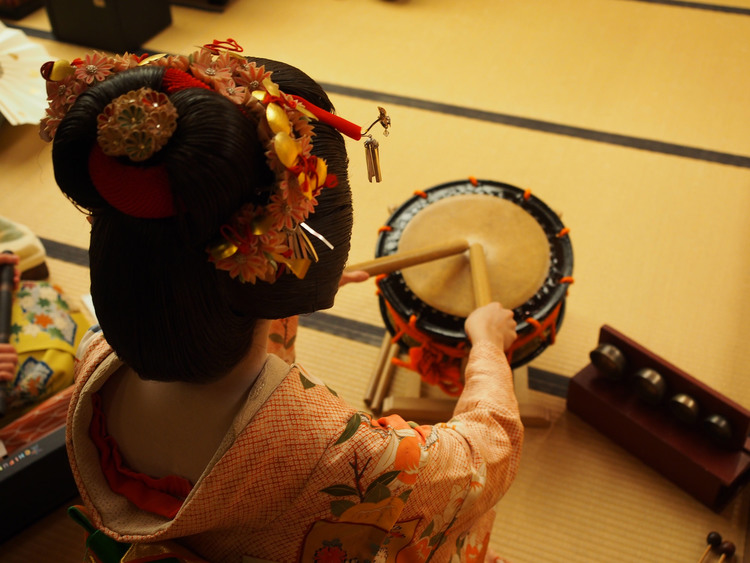Japan has a long and intricate fashion history. Fashion itself, of course, plays a key role in the cultural qualities of any country, as it alone can illustrate the evolution of a multitude of social and political institutions across history. For both the world’s consumers and the luxury industry, Japan has emphasized the importance of image and innovation in couture style and luxury brands.
Read MoreHow many of you have heard the word "omotenashi" before? The word essentially translates to Japanese hospitality. The term's popularity has grown since it was used in the Tokyo 2020 Olympics candidate speech.
Read MoreIt can be said that Japanese culture has become intrinsically linked with Zen. First introduced to Japan around the 7th century, Zen ideology spread rapidly throughout the 12th century, a time known as the Kamakura period. Zen generally refers to a meditation practice derived from Buddhism, and its influences can be found throughout daily life in Japan.
Read MoreThe three syllables that make up the word “kabuki” (歌舞伎), mean “music”, “dance”, and “acting”, respectively. The whole word itself comes from an archaic verb kabuki, which means “to incline”, and references the actors' flamboyant clothes and actions. Since the kabuki’s founding, spectators were well aware that this new type of theater would be a strong deviation from noh traditions.
Read MoreIn recent years, the Japanese katana (sword) has become increasingly popular with the re-acknowledgement of its value as a work of art. We would like to introduce our readers to a short article on the history and process behind creating these cultural treasures.
Read MoreBelieve it or not, the original geisha hardly resembled modern geisha in any way. The first geisha were actually male, appearing around the year 1730. It was only about 20 years later that female geisha began to appear in the forms of odoriko (踊り子, meaning dancers) and shamisen players, and they quickly took over the profession, dominating it by 1780.
Read MoreTokyo’s geisha culture is one that is rich, yet virtually unknown by many. With six hanamachi (花街, Japanese geisha districts) and hundreds of years of history, there is much to experience in this hidden culture.
Read MoreGeisha, at the most fundamental level, are professional entertainers. They are trained in a variety of Japanese traditional arts, such as dancing, singing, flute, and shamisen (a traditional Japanese three-stringed instrument), as well as the art of hospitality. They also play games and engage in conversation with visitors, all in service of providing the most welcoming and intimate environment possible.
Read MoreThe Edo period (the 17th to mid-19th centuries) greatly shaped Japanese architecture. Simple, dignified, and beautiful; the structures created during this time can even be seen today, inspiring architecture around the world.
Read MoreFrom simple farmhouses to ornate castles, Japan is full of awe-inspiring architectural wonders. It is home to seven architects who have won the Pritzker Prize, the highest honor that a person can receive in architecture. With its unique blend of tradition and innovation, Japanese architecture has continued to influence architects all over the world.
Read MorePopular culture has long portrayed samurai as warriors who fought in a fury of sword fighting and elaborate maneuvers, but behind that is a long-standing philosophy that influenced them - that of bushidō (武士道), which was a code of ethics to be followed.
Read MoreWith what we are facing on a global level, it is more important than ever to pay attention to how we approach health and hygiene - not only for our own safety, but also for those around us. While many of us are struggling with various policies and restrictions currently implemented, it might be a good chance to take a step back and reconsider our general hygiene practices and etiquette.
Read More“Irasshai!” Customers are greeted by the Japanese word for “welcome” as they enter a traditional sushi restaurant. They are led to the counter seat, and decide to do “omakase,” leaving the responsibility of choosing the selection of fish to the chef. The chef knows best; which order to eat, what fish is in season, and which fish is especially good on that particular day.
Read MoreSitting on tranquil waters in the very heart of Tennozu Isle’s contemporary art scene is the marvelous T-Lotus M. Internationally acclaimed Japanese architect Kengo Kuma designed this stunning three-story structure, which is now available to hire for events.
Read MoreHave you ever thought of visiting Japan for a foray of modern art? Japanese artists have put their names out there on the international stage, and now every month dozens of art festivals take place all around the country. We’ve picked out the best 5 here for you to plan an amazing art journey to Japan.
Read MoreIn Japan, rice has a history of over 2000 years. It is the staple of the Japanese diet, and with its long history comes an irreplaceable importance to the culture and daily lives of the people.
Read MoreWhile Tokyo's vast array of exhibitions and art hubs can be difficult to navigate, there is one area that is not to be overlooked - that is Tennozu Isle. Located within walking distance from Shinagawa, the “isle” is characteristically surrounded by canals.
Read MoreNoh, with its emphasis on the Japanese aesthetics of profundity and sublimity, continues to intrigue both the Japanese and foreign audience alike. Coming from the character 能, which means "talent" or "skill", this art form is the oldest among Japan's traditional schools of theater.
Read MoreIn Japan, New Year's is one of the busiest time of the year but also one of the most festive! We'd like to take this opportunity to share with everyone some of the fun foods and activities you'll only be able to experience around this season.
Read MoreJapanese spirituality is complicated, and it is said that Japanese people nowadays get baptized at a Shinto shrine, marry in a Christian church, and have their funeral at a Buddhist temple. Many Japanese people would say that they do not really have a faith, and yet be involved in multiple religious groups.
Read More




















